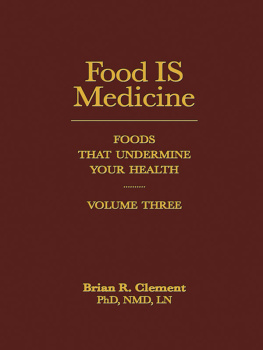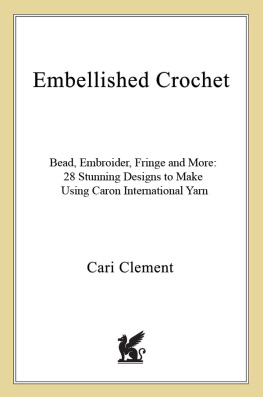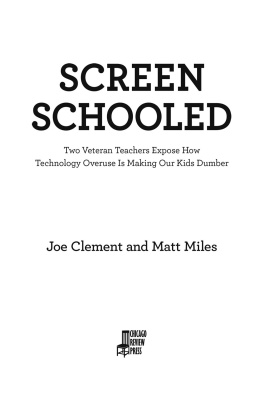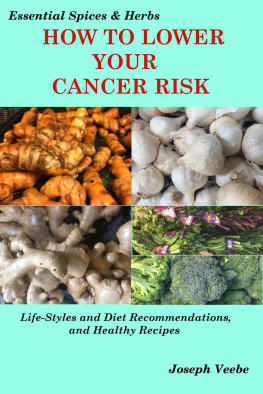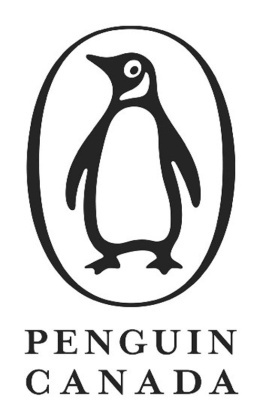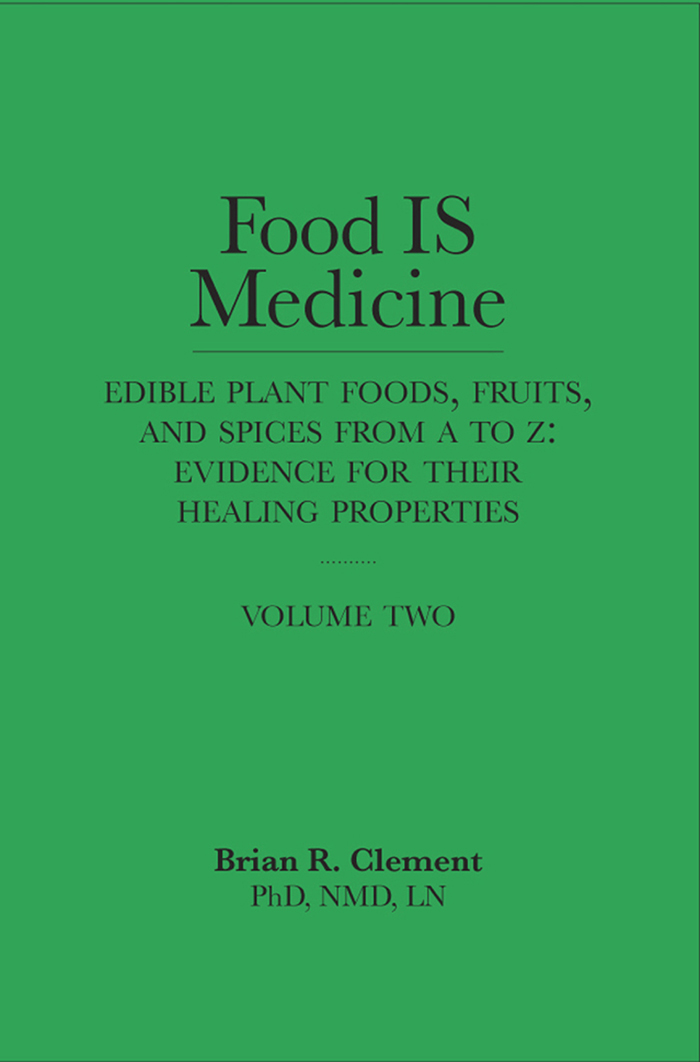Food IS
Medicine
_______________________
EDIBLE PLANT FOODS,
FRUITS, AND SPICES
FROM A TO Z:
EVIDENCE FOR THEIR
HEALING PROPERTIES
..........
VOLUME TWO
Brian R. Clement, PhD, NMD, LN
..........
HIPPOCRATES PUBLICATIONS
SUMMERTOWN, TENNESSEE
2013 Brian R. Clement
Cover and interior design: Scattaregia Design
All rights reserved. No portion of this book may be reproduced by any means whatsoever, except for brief quotations in reviews, without written permission from the publisher.
Hippocrates Publications
an imprint of Book Publishing Company
PO Box 99
Summertown, TN 38483
888-260-8458
bookpubco.com
ISBN: 978-1-57067-300-9
19 18 17 16 15 14 13 | 1 2 3 4 5 6 7 8 9 |
Library of Congress Cataloging-in-Publication Data is available upon request
Book Publishing Company is a member of Green Press Initiative. We chose to print this title on paper with 100% postconsumer recycled content, processed without chlorine, which saved the following natural resources:

| 64 trees 1,990 pounds of solid waste 29,730 gallons of water 5,481 pounds of greenhouse gases 28 million BTU of energy | 
|
For more information on Green Press Initiative, visit www.greenpressinitiative.org. Environmental impact estimates were made using the Environmental Defense Fund Paper Calculator. For more information visit www.papercalculator.org.
Table of Contents
Introduction
by Brian R. Clement, Ph.D., NMD, LNC.
Medical Science, with all of its many technological advancements, lost its way during most of the twentieth century in terms of finding the natural biological path to maintaining and enhancing human health. Western academic communities, with their mostly cerebral and arrogant approach to nature, distanced themselves from the roots of nutrition responsible for their very existence.
The time is ripe for a return to a fundamental foundation of biology so that we might not only employ what we have fabricated from nature, but also vigorously study and apply the genius found within it. As evidenced by the huge amount of documentation that you will find in the following pages, this process now seems well under way.
Within this book, volume two of the Food IS Medicine series, the focus is on scientific medical studies that evaluate the health benefits of specific edible plantsvegetables, fruits, and spicesand their nutrient factors. It was only in the mid-twentieth century that Western medical and nutritional science first stumbled upon this potential for nature to address all of the ills of human health, an awareness that had already been possessed by tribal cultures and ancient wisdom traditions since well before the time of Hippocrates and the other great Greek philosophers.
Now, after endless hours and billions of dollars spent internationally, a new and profound nutritional science has emerged that reaffirms many of the trial and error findings of ancient knowledge. Terms like phytochemo, referring to the anticancer effect that certain food-based chemistries possess, have begun to replace terms familiar to the pharmaceutical industry. Even at this early stage of discovery, we have developed a wide catalogue of supported evidential science that is revolutionizing research into maladies, recovery, and aging.
My organization, the Hippocrates Health Institute, pioneered a renaissance in this new world view of nutrition and health more than half a century ago. Today, with validation of our approach being provided by thousands of peer-reviewed medical science studies, we are better able to understand the multitude of dimensions that interplay to bring about disease prevention, healing, and longevity.
This volume, Edible Plant Foods, Fruits, and Spices from A to Z, features thirty-nine of the most studied foods and spices and provides a compendium of discoveries about the health benefits of each. The medical science studies covered in this book, several thousand in all, come from reputable researchers and academic institutions worldwide and were published in mainstream peer-reviewed science journals.
Some of the foods have been studied most extensively by scientists within the cultures where those particular foods have long been a staple in both diets and medical traditions. For example, Japanese medical researchers have undertaken many of the studies on algae and sea vegetables, used as a food source for centuries in Japan. Research institutes in India have performed a large percentage of the studies on the health benefits of curcumin, a phytochemical abundant in the spice turmeric, which has a rich history of dietary and medical use in that culture dating back thousands of years.
From the studies on foods and spices detailed in this book, several patterns emerge that are worth identifying and bringing to your attention. Many lists of so-called superfoods that purportedly empower health already circulate in the mainstream media. Most of these lists carry little or no scientific weight and often simply reflect the list makers wishful thinking and dietary agenda.
The following list of the top ten superfoods, however, is based purely on the weight of study evidence showing the variety of ailments these foods can potentially prevent or treat. The same is true for the top ten cancer fighting foods list. Think of these two lists as a handy reference point to guide you in making healthful food choices.
Top 10 Super Foods
(Based on Numbers of Conditions Prevented or Treated)
Algae : 44 conditions
Garlic: 32 conditions
Curcumin (in turmeric): 29 conditions
Resveratrol (in grapes and berries): 23 conditions
Onions: 20 conditions
Apples: 19 conditions
Blueberries: 19 conditions
Pomegranates: 16 conditions
Cranberries: 17 conditions
Strawberries: 15 conditions
Top 10 Cancer Fighting Foods
(Based on Cancer Types Prevented or Treated)
Garlic: 15 types
Curcumin (in turmeric): 14 types
Cranberries: 13 types
Broccoli: 11 types
Mushrooms: 11 types
Resveratrol (in grapes and berries): 10 types
Spinach: 9 types
Berries (in general): 8 types
Oranges: 7 types
Tomatoes: 9 types
When we combine the results from the two lists above, garlic and curcumin emerge as the top two superfoods in the arsenal of natural prevention and treatment therapies. They are the dynamic duo and have proven their value to human health both in science and in practice.
With this volume of the Food IS Medicine series in hand, no longer do you have to rely on abstract and shaky methods when treating either yourself or others. Getting back to simple proven techniques that rely on pure nutrition should be the future for all forms of legitimate medicine.
Join this potent revolution in quantum biology that will hopefully once and for all silence the fragile and historically tainted processes often called modern science.
Algae (see also Sea Vegetables)
Once dismissed by mainstream medicine as just pond scum, blue-green algae, a single-cell organism also known as cyanobacteria, ranks as one of the oldest life-forms on the planet and one that has achieved new respectability as a source of healing agents. Fossilized remains of cyanobacteria have been found that date back to nearly three billion years ago. The types examined here can be found in both seawater and freshwater environments.



